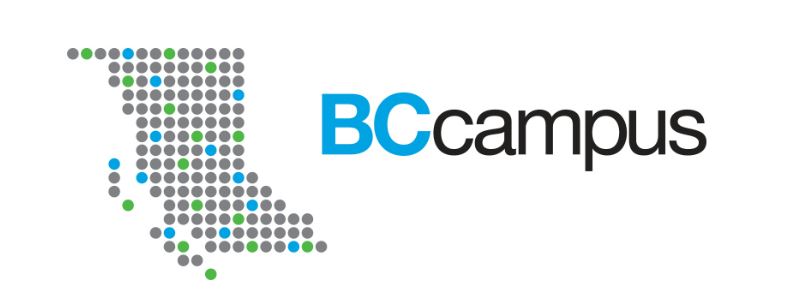Module 1 Post 4
Again, from an ESL and Canadian Newcomer’s perspective, this is an invaluable tool maximizing the use of culture, language and digital technology in the form of an infographic to communicate Indigenous education requirements and standards. For international people coming to Canada, it also provides them with a sense of empathy for and similarities with linguicide and cultural assimilation. While the West has desecrated many cultures and environments, I know that the genocide done on this land to Indigenous Peoples is incomparable. This poster should be on every course outline. This poster should be printed at the entrance to every school. This poster should be memorized and internalized. But there are a lot of ‘shoulds’ in that sentence that have no legs without agency. I want to give this poster the ‘legs’ of my international students.
However, as a coloniser-settler-academic-teacher who has returned to Canada after 20 years overseas, much has changed in this true north strong and free. The major challenge I am having at the moment, and what has thus far surfaced from writing these blogs and exploring texts, is how can I be an ally without being framed as a WannaBe? What am I allowed to and not allowed to do and teach and say? And as a result, how much can I support Indigeneity on these lands to my international students similarly struggling with identity issues?


